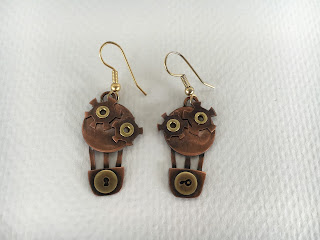Write a 300 word write up on a jewelry artist of your choosing. You also need to include at least 5 images of the artist’s work. The jewelry artist can be whomever you like, but all of the jewelry needs to be handmade by this artist. Your write up can include the following information:
Information about the artist (you may not be able to find all of this information about every artist, but these are some ideas to include) :
- Where does this artist work? (geographical location as well as where their studio is, do they work from their home, at an artist's collective, etc.)
- What is the inspiration for this artist's work?
- What materials does this artist use?
- What techniques do they use? Do you recognize any techniques or processes in their work?
- How did they get into their line of work? Where did they go to school/get their training?
- Where has this artist shown/sold their work? How do they advertise/market their work?
Reaction to the artists work:
- Do you like the artists work, why or why not?
- What do you like about the artist's work?
- Why did you choose to write about this specific artist?
- Does their work inspire any ideas for you?
Write ups should be in MLA format with all of your sources cited. Don't forget to proof read and spell check your document!!
Submissions will be due through this assignment on Google Classroom















































